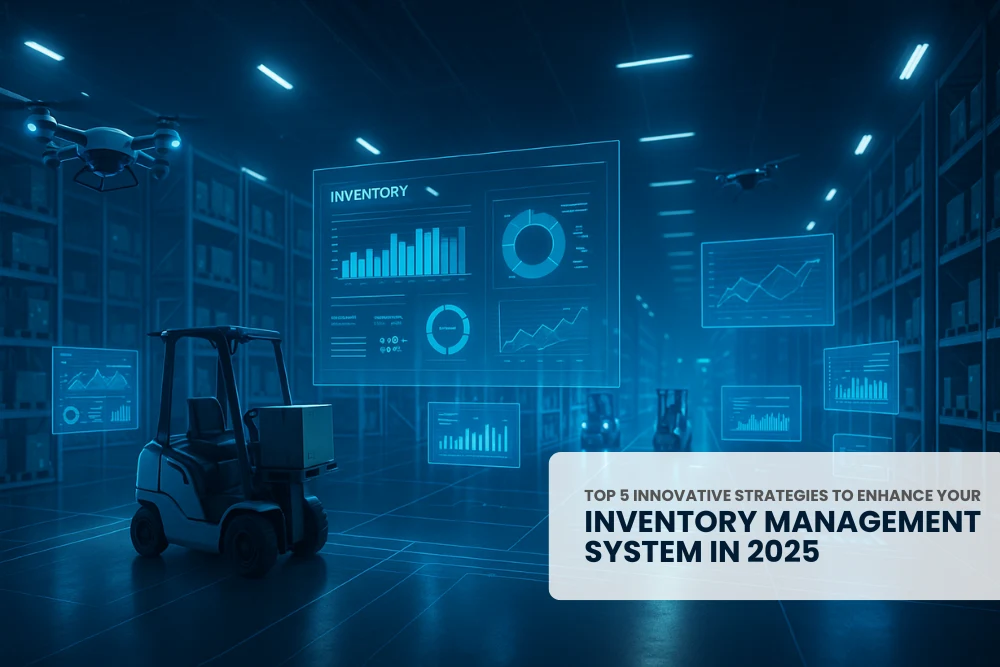ERP for Manufacturing in Oman: The Complete Guide 2025
Sept 30, 2025

In today’s competitive market, staying ahead in the manufacturing industry isn’t just about producing more—it’s about producing smarter. For manufacturers in Oman, the key to smarter operations in 2025 is ERP for Manufacturing Industry.
From production planning to quality control, from streamlining the supply chain to integrating MES systems, ERP software brings everything under one roof. It eliminates silos, reduces waste, and empowers manufacturers to make data-driven decisions.
In this guide, we’ll walk through how ERP solutions are shaping Oman’s manufacturing sector in 2025, the challenges they solve, and why companies like GreyERP.com are leading the charge in enabling smarter, more resilient factories.
Why ERP for Manufacturing Industry Matters in Oman
Oman’s Vision 2040 places manufacturing at the core of its economic diversification. However, challenges like fluctuating raw material availability, long import lead times, and compliance with GCC regulations demand smarter solutions. An ERP system designed for manufacturing gives you:
- • Unified data across production, procurement, inventory, and finance
- • Better production planning and resource utilization
- • Built-in quality control to ensure compliance and traceability
- • Smarter supply chain management with real-time visibility
- • Seamless MES integration to connect shop-floor execution with business strategy
In short, ERP acts as the central nervous system of your factory, enabling efficiency, transparency, and agility.
Core Functions of Manufacturing ERP
A modern ERP for manufacturing goes far beyond accounting. It connects all parts of the business into one ecosystem. Key functions include:
- • Production Planning & Scheduling – Ensures machines and labor are used efficiently, avoiding bottlenecks.
- • Material Requirements Planning (MRP) – Calculates raw material needs, reducing stockouts and over-purchasing.
- • Inventory Management – Provides real-time visibility of stock levels, batch tracking, and warehouse flows.
- • Quality Control – Tracks inspections, defects, and compliance, preventing costly rework.
- • Supply Chain & Procurement – Simplifies vendor management, purchase orders, and inbound logistics.
- • MES Integration – Connects ERP with shop-floor systems to capture real-time production data.
- • Analytics & Reporting – Delivers KPIs such as yield, throughput, and cost efficiency.
When combined, these modules give manufacturers in Oman the ability to cut waste, improve delivery times, and strengthen competitiveness.
Production Planning: The Heart of Manufacturing ERP
In the manufacturing industry, production planning is the engine that keeps everything running smoothly. An ERP system ensures your plan is realistic, efficient, and adaptable.
Here’s how production planning works within ERP:
- • Forecast demand based on sales and market data
- • Create a master production schedule (MPS)
- • Align capacity with available labor and machines
- • Run material requirement planning (MRP) to order supplies
- • Schedule jobs on machines in the right sequence
- • Adjust dynamically when unexpected changes occur
When done right, production planning reduces downtime, ensures materials are always available, and keeps customers happy with on-time deliveries.
Quality Control: Protecting Your Brand
In a competitive market like Oman, poor quality can ruin a manufacturer’s reputation. ERP embeds quality control into every stage of production.
- • Define inspection rules for raw materials, in-process checks, and final goods
- • Maintain complete traceability back to suppliers and batches
- • Generate compliance and audit reports on demand
With ERP, you don’t just react to quality issues—you prevent them before they reach customers.
Supply Chain Management in ERP
Oman’s reliance on imports makes supply chain efficiency a critical success factor. ERP provides full visibility into procurement, vendor performance, and logistics.
- • Automates purchase orders based on material requirements
- • Tracks supplier lead times and reliability
- • Integrates with logistics partners for smoother deliveries
- • Supports multi-currency and tax compliance for global trade
By connecting procurement to production, ERP ensures your supply chain runs like clockwork—even when external disruptions occur.
MES Integration: Connecting ERP to the Shop Floor
One of the biggest advantages of ERP for manufacturing industry is MES integration. While ERP handles planning and strategy, MES (Manufacturing Execution System) manages real-time production on the shop floor.
With integration, you can:
- • Monitor machine performance in real time
- • Capture operator logs and downtime events automatically
- • Feed actual production data back into ERP for better planning
- • Detect bottlenecks instantly and respond faster
This link between ERP and MES ensures your operations are not just planned but executed flawlessly.

Steps to Implement ERP in Oman’s Manufacturing Industry
Rolling out an ERP requires careful planning. Here’s a roadmap for manufacturers in Oman:
- 1. Define your objectives and success metrics
- 2. Map current processes and identify gaps
- 3. Choose an ERP solution that supports manufacturing and local compliance
- 4. Configure modules for production, quality, and supply chain
- 5. Integrate with MES and other systems
- 6. Clean and migrate your data
- 7. Train employees and encourage adoption
- 8. Pilot in one department before full rollout
- 9. Monitor KPIs and refine processes
- 10. Continuously improve and expand capabilities
With the right approach, ERP becomes a long-term growth enabler rather than just a software project.
Avoiding Common Pitfalls
- • Don’t over-customize—stick to standard features when possible
- • Cleanse your data before migration
- • Involve operators early to reduce resistance
- • Train staff thoroughly to boost adoption
- • Plan integrations carefully to avoid delays
The Future of Manufacturing ERP in Oman (2025 and Beyond)
Looking ahead, ERP solutions will become more intelligent and agile. Trends shaping the future include:
- • Cloud adoption for flexibilit
- • AI-driven demand forecasting and predictive maintenance
- • IoT and digital twin integration for real-time monitoring
- • Composable ERP systems where modules can be added as needed
- • Stronger cybersecurity to protect manufacturing data
Omani manufacturers that embrace these trends will gain a strong competitive advantage.
Conclusion
For manufacturers in Oman, an ERP for manufacturing industry is not just about software—it’s about transforming how your factory runs. From production planning and quality control to supply chain management and MES integration, ERP gives you the tools to compete in today’s global market.
At GreyERP.com, we help manufacturers implement ERP solutions tailored to Oman’s needs. Ready to streamline your operations and future-proof your business? Contact us today for a free consultation.
Get In Touch
Text us
